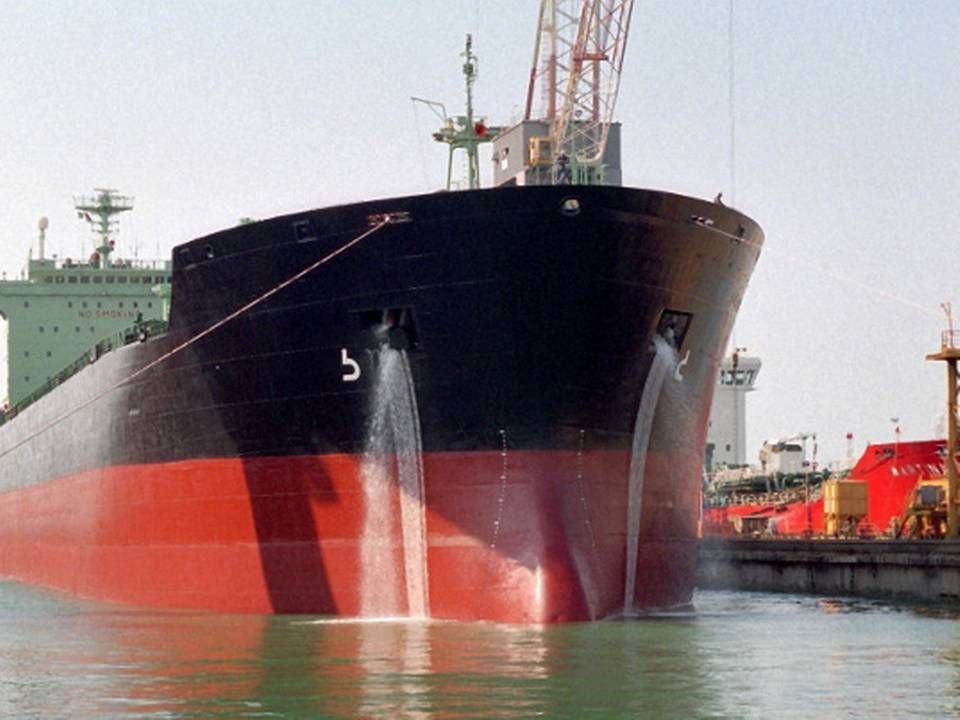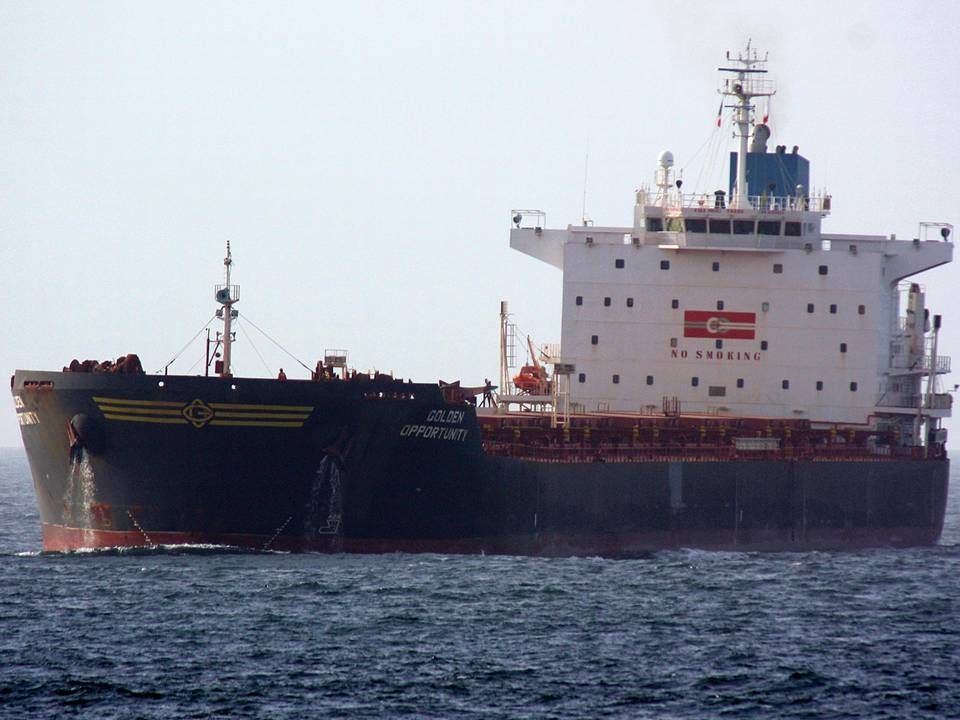Analysts: Dry bulk shares will be winners in 2017
The bulk sector cried out in pain when the dry bulk index Baltic Dry set daily low records in early 2016 for how cheap shippers could transport cargo such as coal and ore by sea.
Daily rates fell below the cost of operating vessels and were nowhere near enough to make payments on ship debt, while an increasing number of vessels ended up in scrap yards and the major overcapacity caused investors to hesitate in the financing of newbuildings.
Try a free 14-day trial subscription to ShippingWatch
Share prices registered nosedives at dry bulk carriers around the world, but now both Danske Bank and Clarksons Platou agree that 2017 looks set to be a much more positive year for dry bulk investors.
"We think that 2017 will be an interesting year for dry bulk carriers Golden Ocean and D/S Norden as a result of the fact that we are starting to see an improvement in dry bulk earnings through 2017," Bjørn Kristian Røed of Danske Bank tells ShippingWatch.
H e explains that the stock market is also starting to calculate for improved earnings among dry bulk carriers, a development which will take off in 2018. The improved income will impact ship values, where fleet impairments have been a huge factor in dragging down financial reports at dry bulk carriers during 2015 and 2016.
"This makes the current valuation of dry bulk carriers attractive, also in a historic perspective," says Bjørn Kristian Røed.
In the quarterly shipping report from Clarksons Platou, which has just been published, the analyst agency points to the possibility of a dry bulk recovery.
"The dry bulk market is expected to recover slowly in our base case scenario with a flat development in coal imports to China," writes Clarksosn.
Chinese coal imports constitute a wild card, however, which could contribute to moving up the date for when dry bulk carriers will return to rates above break-even. A milestone that will be reached in 2018, according to Clarksons' base case scenario.
The wild card is in play because the Chinese government decided to limit the country's domestic coal production, so Chinese coal mines are now limited to production only 276 days a year compared to 330 days a year in 2015. Add to this that several smaller Chinese coal mines have been shut down.
This means that Chinese coal production in the first three months of 2016 has hovered more than 200 million tons below the level of the same period last year, and although coal prices according to Clarksons have increased significantly in recent months, the Chinese government decided a few weeks ago to maintain its limit for domestic coal production. According to the analyst agency, however, it is impossible to say how long the limit will be in place, but probability would indicate that larger Chinese mines will be allowed to increase production if coal prices continue to go up.
"If not, there will be a significant upside potential for coal imports to China in the short to medium term," writes Clarksons Platou.
Fleet growth declines
In Clarksons base case scenario with flat-lining coal imports in China, the analyst agency projects an increase in global dry bulk transport of 2 percent in 2016 and 2.5 to 3 percent in 2017 and 2018. If China on the other hand increases coal imports by 50 million tons in 2017 and another 50 million tons in 2018, the seaborne bulk trade will increase by 4-5 percent a year in 2017 and 2018.
However, it is part of the complete picture that the global dry bulk fleet, according to Clarksons, will continue to grow, even though scrapping was intensified in early 2016. The analyst agency predicts that the fleet will grow by about 2 percent this year, and 1.5 percent in 2017, and approximately 1 percent in 2018, and as such, this will not change the prospect of demand growing more than the size of the fleet.
This makes room for carriers such as Golden Ocean and Norden, as noted by Danske Bank, to become good cards in the hands of investors. Both carriers are given recommendations to buy in Clarksons quarterly shipping report, where one argument in favor of Norden is that potential is greater than risk in the valuation of the carrier's fleet value. Apart from Golden Ocean, Clarksons has the dry bulk carrier Star Bulk among its favorites.
Deutsche Bank: Significant potential in three bulk carriers
Dry bulk making money on Capesize for the first time in a year
Related articles
Deutsche Bank: Significant potential in three bulk carriers
For subscribers
The last 23-year-old dry bulk giant has been scrapped
For subscribers





















